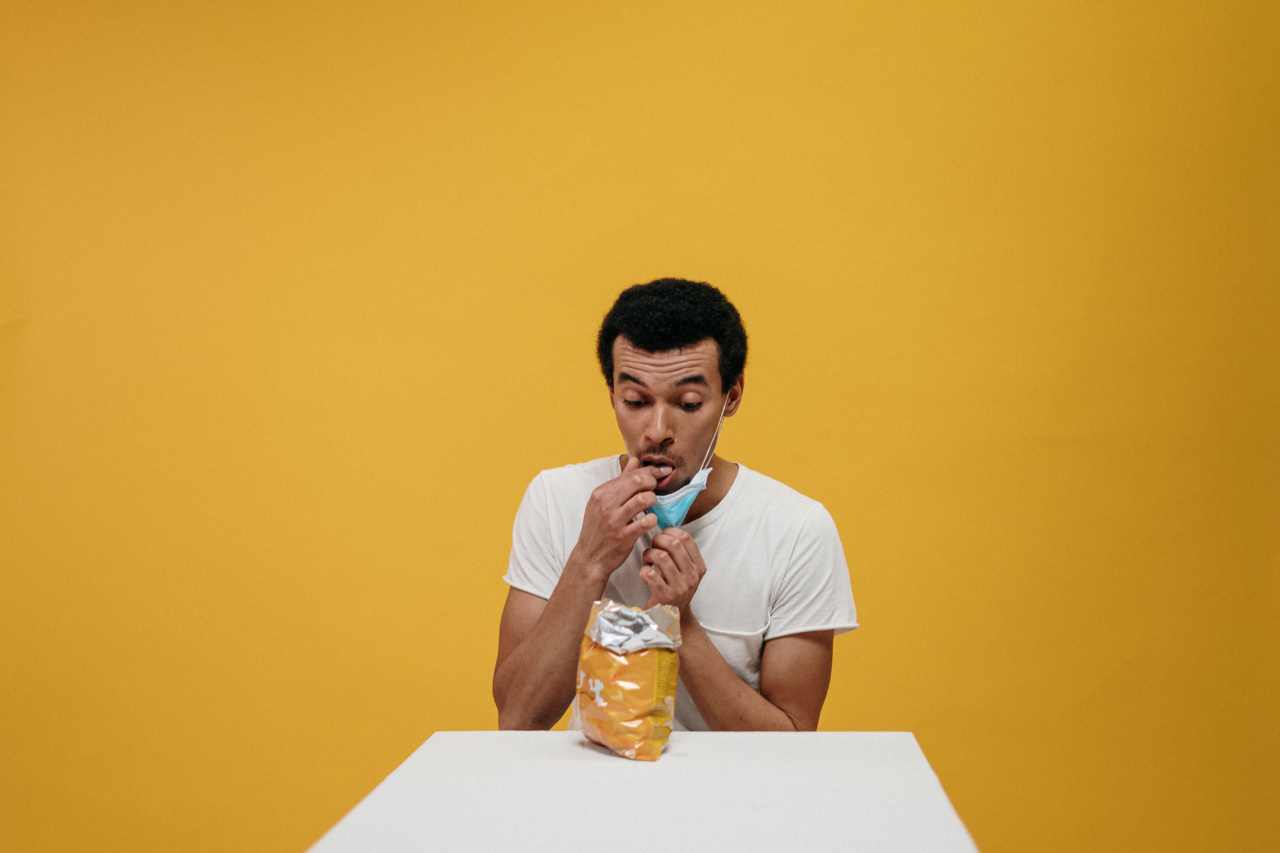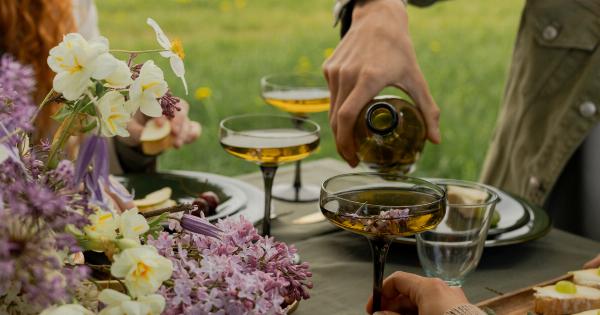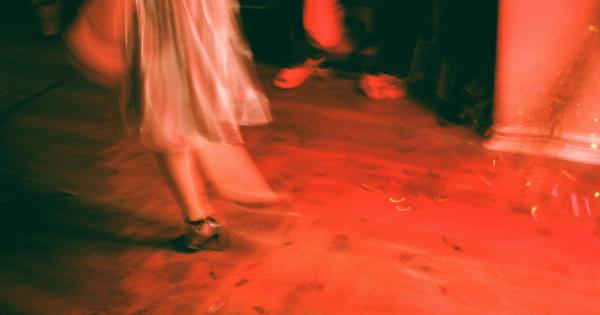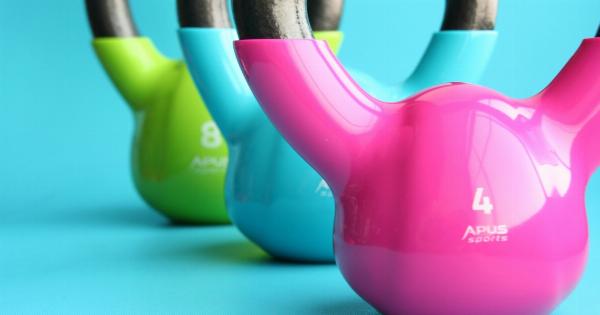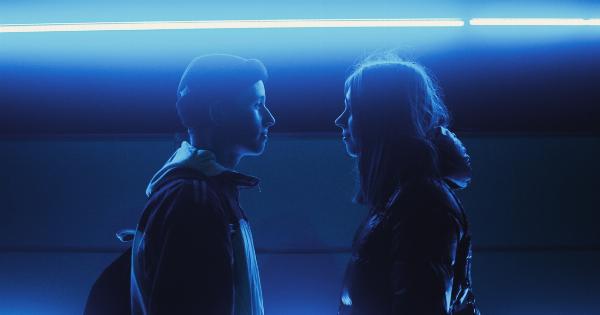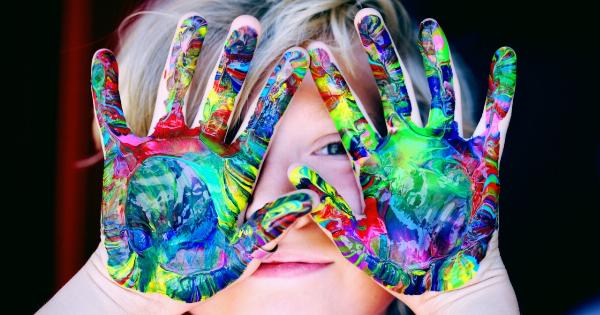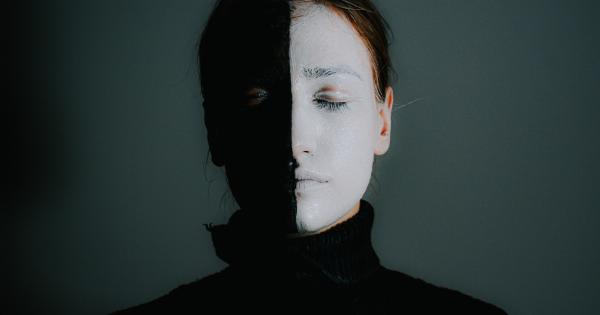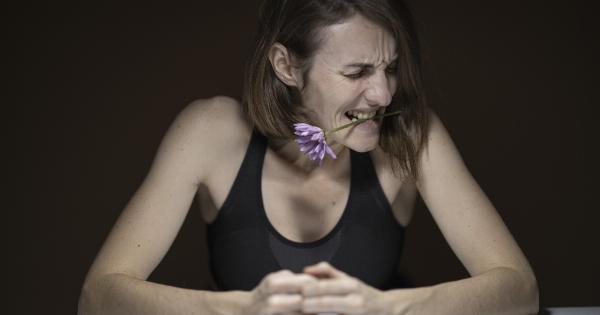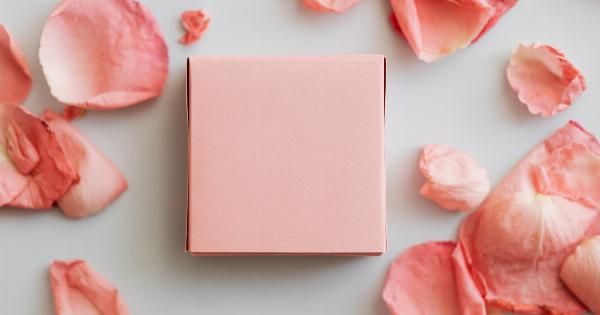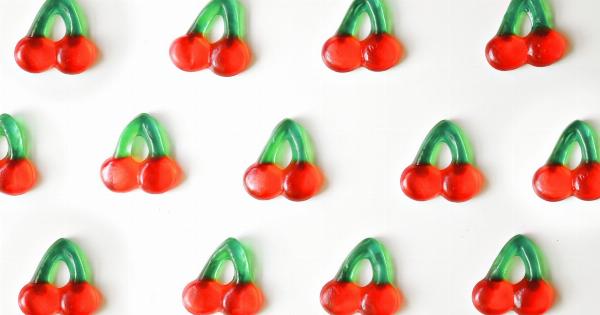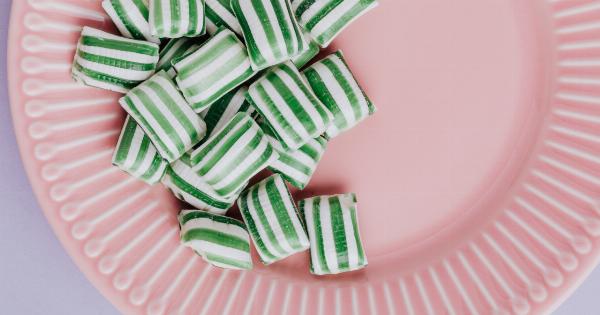Have you ever wondered why certain foods evoke specific emotions? The answer lies in the world of color psychology. Colors have the power to influence our moods, emotions, and even our appetites.
In the realm of food, understanding the science behind color psychology can help restaurant owners, caterers, and even home cooks create visually appealing and emotionally stimulating dishes.
How Colors Impact Our Eating Experience
Color psychology is the study of how colors affect human behavior. Different colors have distinct meanings and can elicit various emotions. When it comes to food, color plays a vital role in shaping our eating experience.
Here’s a closer look at how various colors impact our appetites and eating behaviors:.
The Power of Red
Red is a powerful color that stimulates both appetite and emotions. It is often associated with passion, excitement, and energy. Restaurants often use red in their logos or signage to attract hungry customers.
Studies have shown that the color red can increase heart rate and even enhance metabolism. So, it’s no wonder that many fast-food chains incorporate red into their branding.
The Allure of Yellow
Yellow is a warm and cheerful color that attracts attention and stimulates our brains. It is known to evoke feelings of happiness, positivity, and optimism. When it comes to food, yellow is commonly associated with fruits like lemons and bananas.
Incorporating yellow into food presentation can create a sense of freshness and vibrancy.
The Calming Effect of Blue
Blue is often associated with feelings of calmness and contentment. It has a soothing effect on our minds and bodies. When it comes to food, blue is a rare color naturally occurring in edible items.
However, using blue dishes or tablecloths can help promote mindful eating and prevent overindulgence.
The Natural Serenity of Green
Green is closely associated with nature and the environment. It represents freshness, harmony, and health. In the world of food, green is often used to showcase fresh vegetables, salads, and smoothies.
Incorporating green into your meals can help create a sense of balance and well-being.
The Passionate Prowess of Orange
Orange is a color that combines the energy of red and the cheerfulness of yellow. It is associated with enthusiasm, creativity, and determination. When it comes to food, orange is often linked to citrus fruits like oranges and tangerines.
Including orange hues in your meals can add a burst of energy and excitement.
The Joyful Appeal of Purple
Purple is a color that is often associated with luxury, creativity, and spirituality. It has a whimsical and mysterious allure. Purple fruits such as grapes and berries are a source of antioxidants and are often seen as luxurious treats.
Adding purple accents to your food can evoke a sense of indulgence and artistic flair.
The Neutrality of White
White is a color often associated with purity, simplicity, and cleanliness. In the world of food, many staple ingredients like rice, bread, and milk are white.
White plates and tablecloths are commonly used in fine dining establishments as they allow the vibrant colors of food to shine through. Incorporating white into your food presentation can create a sense of elegance and sophistication.
The Warmth and Comfort of Brown
Brown is associated with warmth, stability, and comfort. It is often linked to earthy and savory foods like chocolate, coffee, and roasted meats.
Brown can create a sense of familiarity and coziness in your food presentation, making it particularly appealing during colder months or when seeking comfort.
The Versatility of Black
Black is a color that represents power, elegance, and sophistication. While not commonly found in natural foods, black is often used in food presentation to create a sense of drama and contrast.
Black dishes or utensils can make vibrant-colored foods stand out and create a visually striking experience.
The Importance of Balance
While color psychology plays a significant role in our food experiences, it’s essential to strike a balance. Overuse of certain colors can lead to sensory overload or even negative emotions.
Creating visually appealing meals using a variety of colors is key to providing a positive and enjoyable eating experience.
Conclusion
Color psychology in food is a fascinating area of study that highlights how colors influence our appetites and emotions. By understanding the impact of different colors, we can create visually appealing and emotionally stimulating food experiences.
So, the next time you prepare a meal or step into a restaurant, pay attention to the colors around you, and savor the science of eating happy!.
